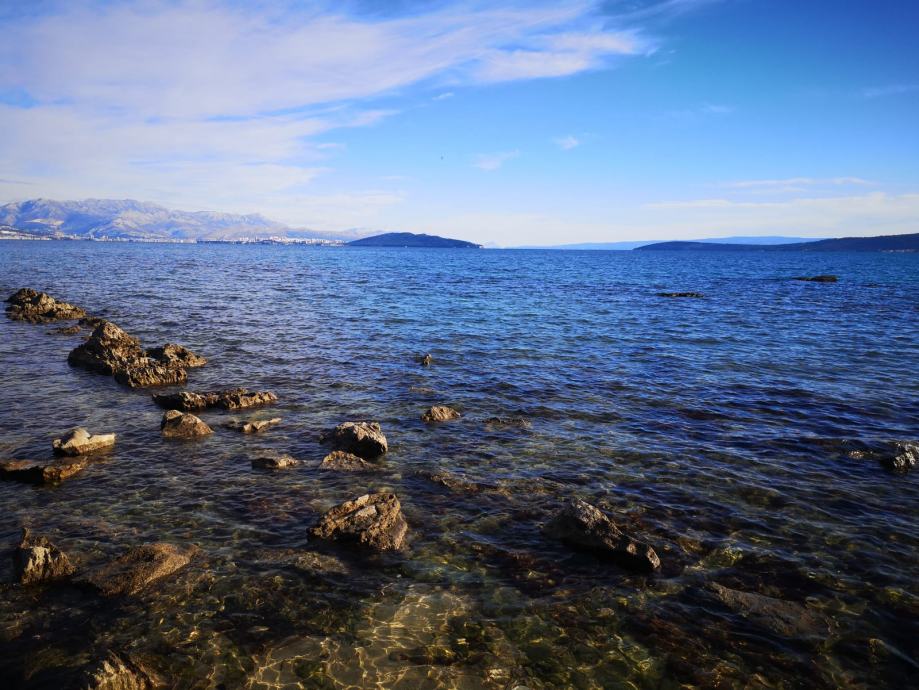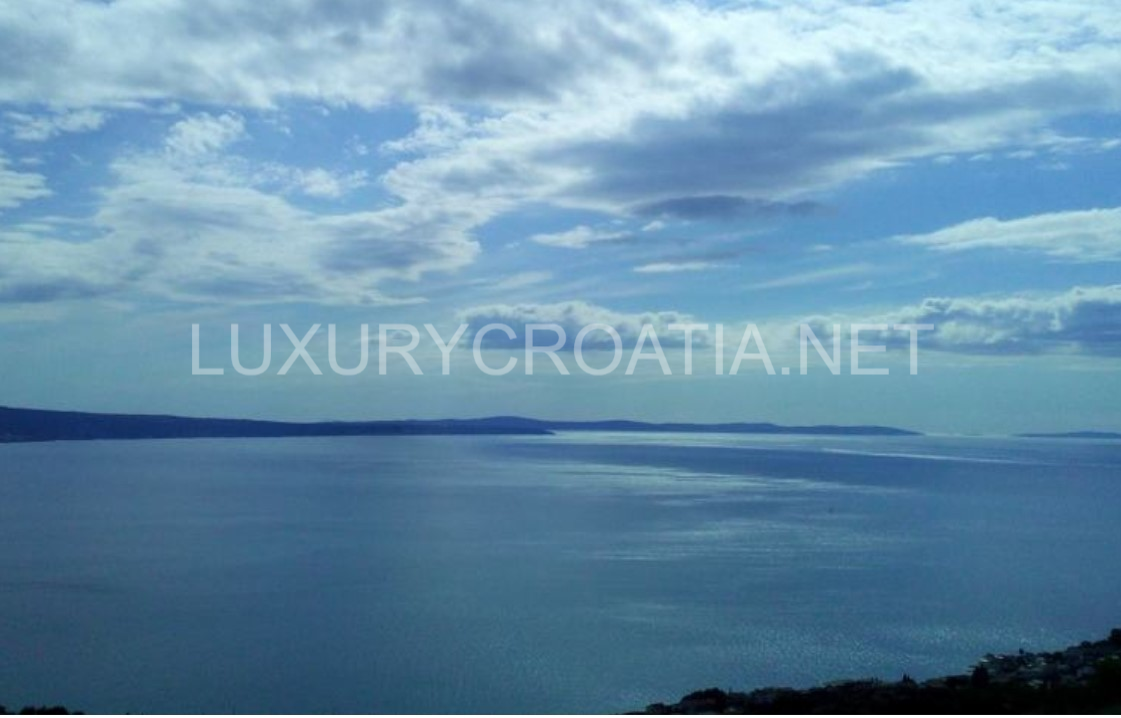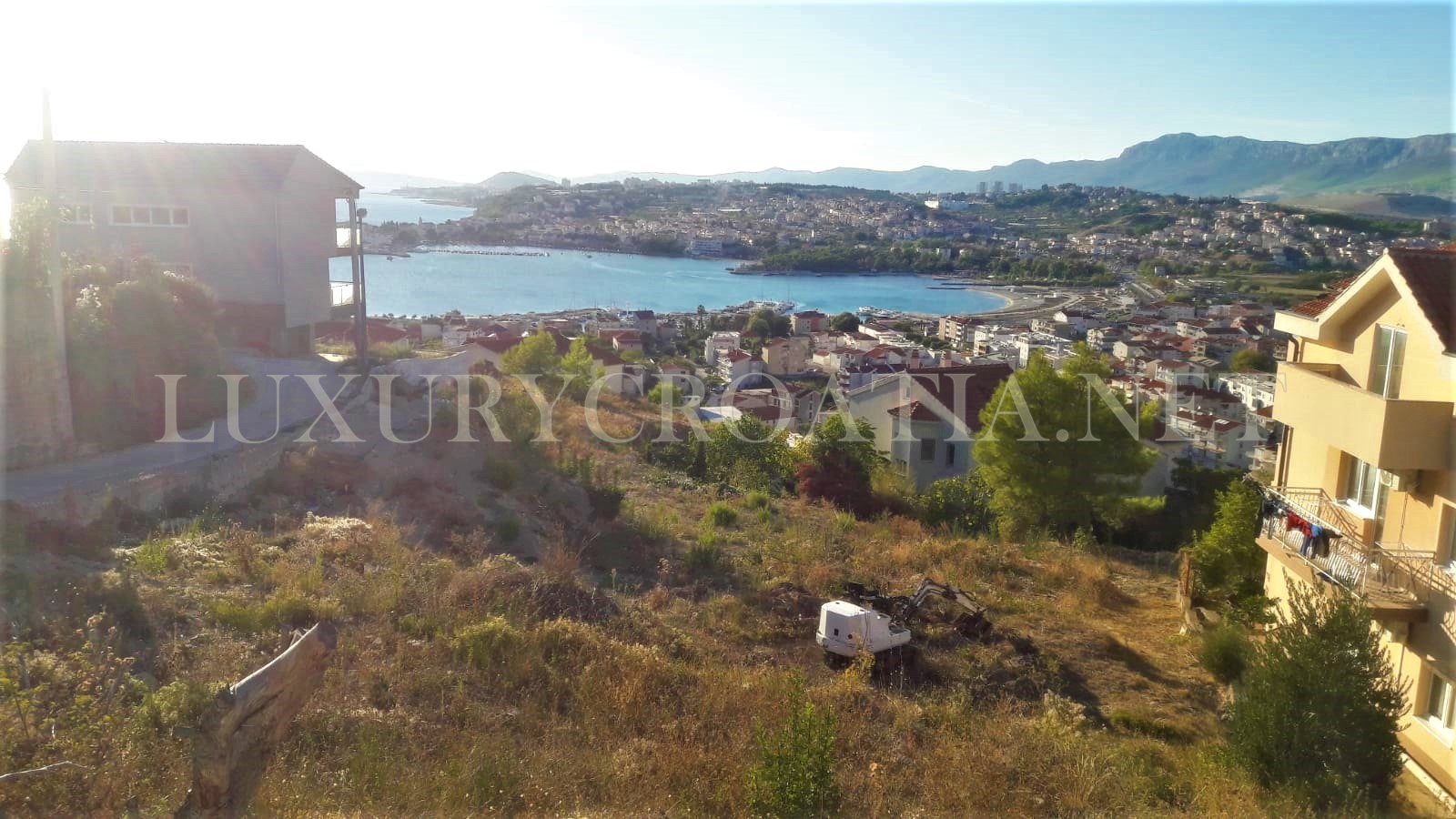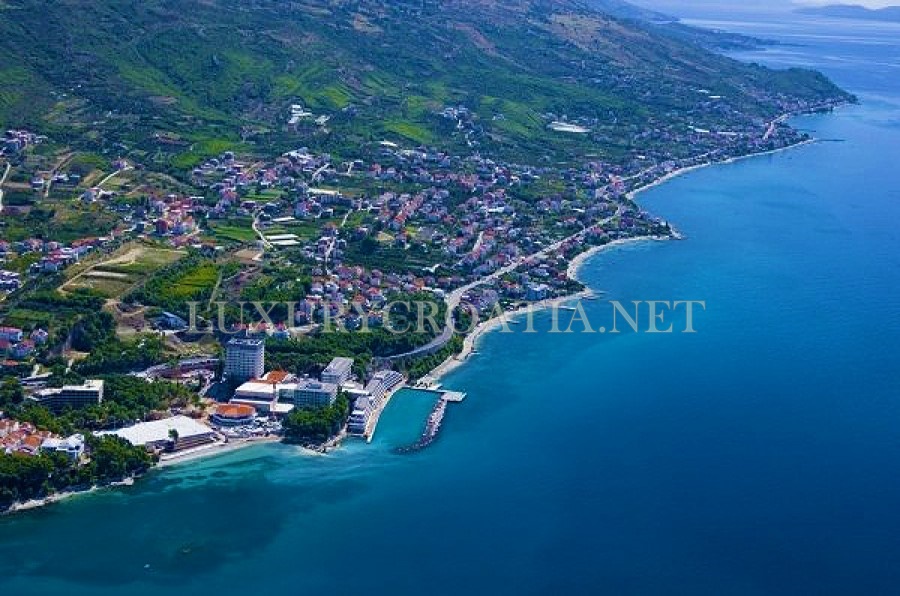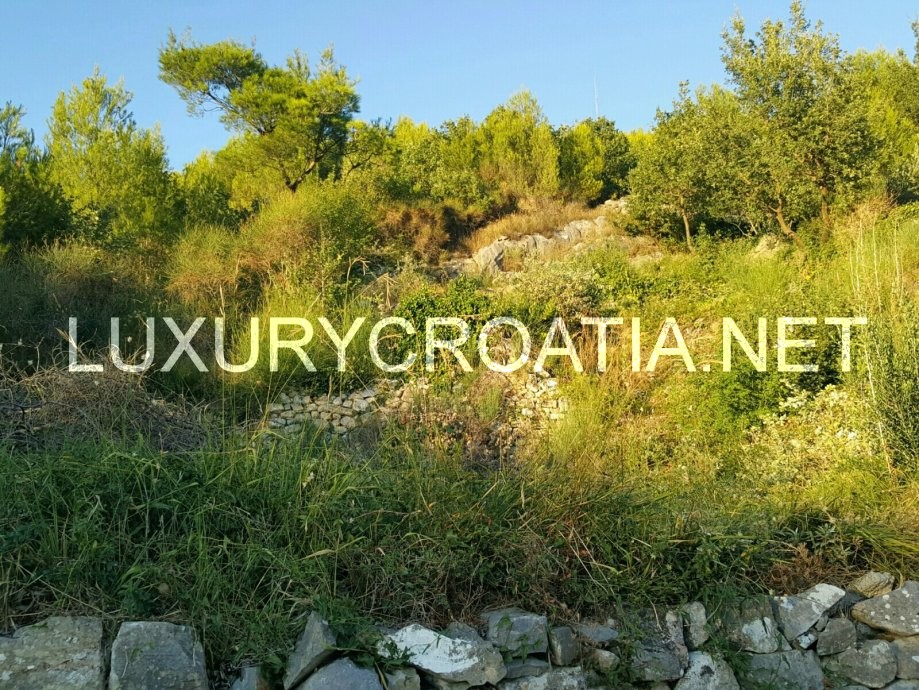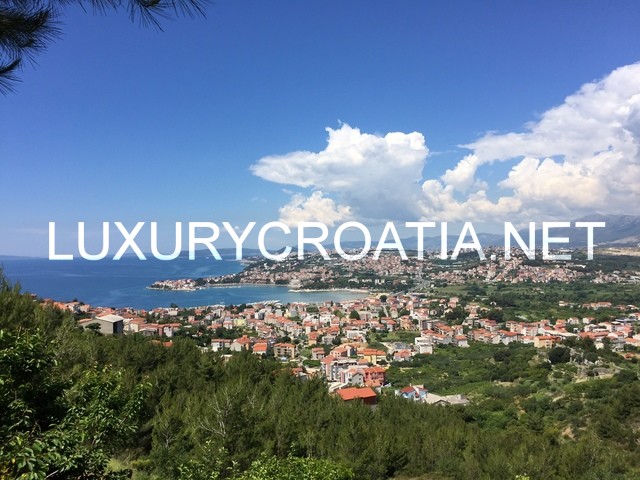Stobrec Building Land
-
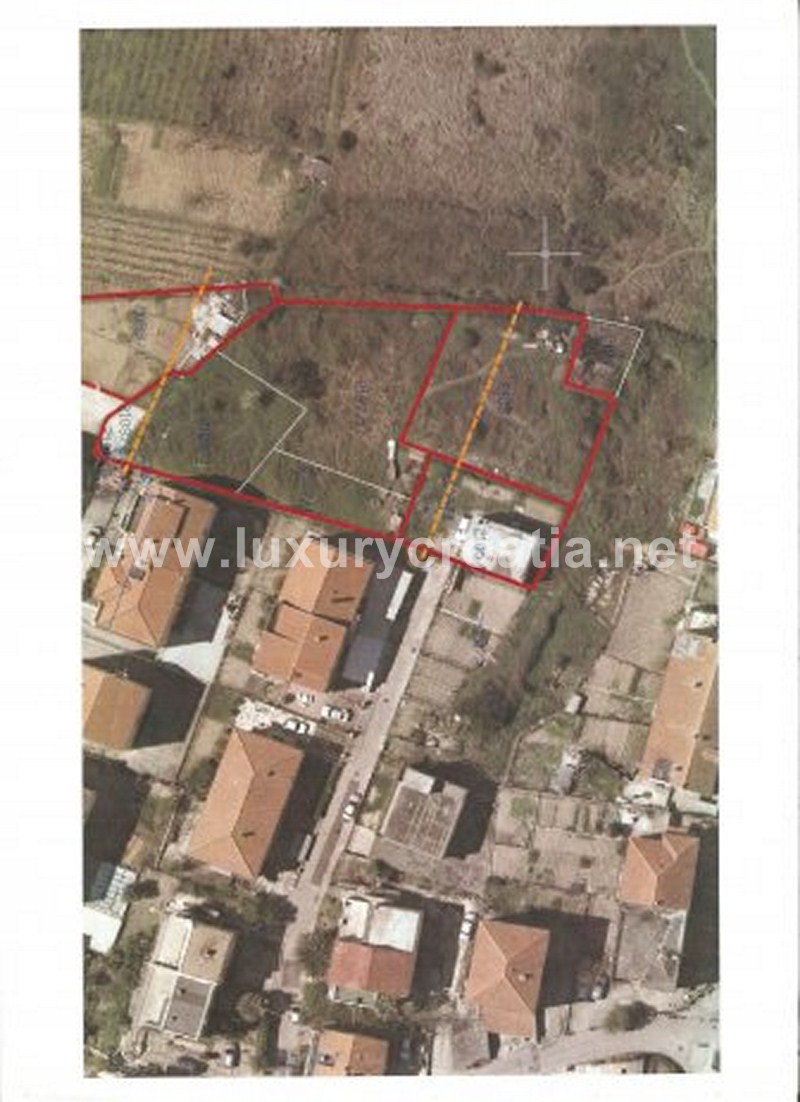 click on image to enlarge Stobrec Building Land (2)
click on image to enlarge Stobrec Building Land (2)
-
 click on image to enlarge Stobrec Building Land (1)
click on image to enlarge Stobrec Building Land (1)
Property Details:
- Categories: Land
- Square meters: 1360
- Features: 3% Agency Commission
About this Property:
(L-FS-ST-01)
Stobrec Building Land
STOBREC, 1360m2 of building land, the possibility of the construction of 1900m2 GDP, basement, basement, ground floor and 3rd flor, paved access road, water, electricity, sewage, sending in force, 150 meters from the beach, shops, schools, churches, bus stops, cafes, waterfront and the beach, a part of the money and the rest can be compensated, it is possible to make two smaller parcels and sold individually
Hrvatski Jezik
STOBREC, 1360m2 građevinskog zemljista, mogucnost izgradnje 1900m2 bruto, podrum, suteren, prizemlje i 3kata, pristupni mis asfaltiran, voda, struja, kanalizacija, upu na snazi , 150 metara od mora, Ducana, skole, crkve, autobusne stanice, kafica, rive i Plaze, jednim djelom moze Novac un Ostalo moze kompenzacija, moguce napravit dvije manje parcele te PRODAT pojedinacno Komunalije: Gradski Vodovod, Gradska kanalizacija, Asfaltni mis Dozvole: liste vlasnički STOBREC
Stobreč (Latin: Epetium, Greek: Επιδαυρος (Epidauros) is a historical town, now village in Croatia located near Split and Solin. In modern times, Stobreč is considered a desirable vacation/camping spot located on a beautiful scenic peninsula ensconced between the Adriatic Sea and pine woods. Population: approximately 4,700. The elevation is four metres above sea level.
The sarcophagus of Lucius Artorius Castus (a Roman prefect thought to possibly be one of the inspirations for some of the legends of King Arthur) was discovered in Stobreč.[1]
The largest body of recorded ancient history in the vicinity of Stobreč relates to the development of Diocletian’s Palace, now within the present day city of Split. Diocletian founded this palace upon his retirement as Roman Emperor.[2]
“The steep cliff above the place has the ruins of the Stobreč citadel along with Klis, the most heavily fortified settlement in the vicinity of Split. The city gate is a part of the Greek defensive walls and is the only preserved Greek gate in the Adriatic. The Greek era knew this settlement under the name Epiteum/Epetium. It was founded in 3rd century BC as colony of Issa, today’s island of Vis.”[3]
Stobreč is located on the coast of the central Dalmatia, within the administrative borders of the eastern part of the city of Split. The beach at Stobreč is over one km in extent.

